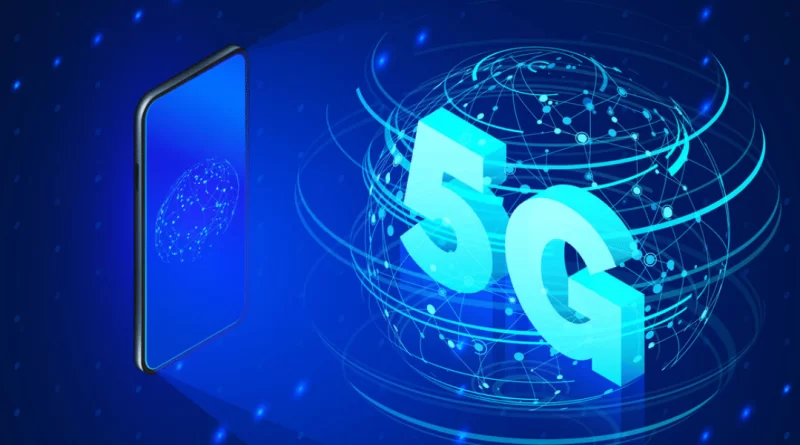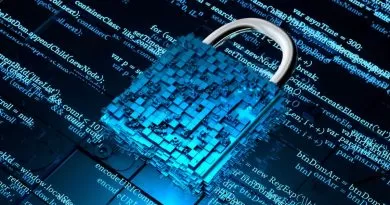What Is the Metaverse and Why Does It Need 5G to Succeed?
The underlying networking technologies must operate seamlessly to enable the efficient execution of this emerging OSI stack, which is why the emergence of limitless connectivity via 5G is so timely!
You’ve probably already been in a metaverse! Anyone interested in Minecraft? Or how about Fortnite? What about Roblox or Pokémon Go? The true metaverse enthusiasts reading this blog post will have visited Decentraland, possibly even hosting their own NFT art exhibition there.
That’s a lot of new words in our first paragraph. Let’s take a look at what this all means and, more importantly, how it relates to another emerging technology: 5G. Indeed, we believe that 5G will be a critical enabler for the metaverse and its ecosystem of device and application developers.
The Metaverse and the New Web 3.0
Let’s take a closer look at a technology that is frequently mentioned in the context of the metaverse: Web 3.0. The term is overused, but it essentially represents the emergence of a new decentralized web based on blockchain technologies.
What is the significance of this? It is a matter of ownership. Current internet applications, such as social media platforms, are owned by a single entity. Any financial transactions, code upgrades, or decisions to shut it down are thus completely under the control of the owning company.
Because of the decentralized properties of blockchains, Web 3.0 will have a decentralized ownership structure. This new mode of operation poses significant operational and energy efficiency challenges, but it also provides unique opportunities by putting users at the center of the new internet and its economy. As will be demonstrated below, it also provides interoperability between applications in the same way that IP does for networks and devices.
Decentralized Web 3.0 equivalents to centralized Web 2.0 are rapidly emerging: Filecoin or IFPS are Dropbox equivalents; Brave is Chrome equivalent; Metamask is Paypal equivalent; DTube is YouTube equivalent, and so on. While Web 2.0 apps run on operating systems such as Windows or macOS, Web 3.0 apps run on decentralized operating systems such as Ethereum.
The infrastructure layer is another name for a Web 3.0 operating system. It enables distributed applications, also known as dApps. Ethereum is the most well-known, but it is not the only one; other blockchains include Solana, Polygon, Tron, Cardano, and EOS.
These infrastructure blockchains can support a single or multiple value tokens. For example, the Bitcoin blockchain would only support one value token: Bitcoin. However, Ethereum allows multiple tokens to run on top of it, each with its own value ecosystem. SAND, MANA, AXS, and GALA are examples of metaverse-related value tokens that run on Ethereum and allow you to buy/sell items in the virtual world at a perceived value. This layer is also known as the token layer.
Moving into the metaverse, these tokens enable the purchase and sale of both fixed and dynamic assets, which is why we call this layer the asset layer. For example, on the metaverse platform Decentraland, the MANA token can be used to buy, sell, or rent land. Alternatively, you can bring digital art purchased on the OpenSea platform into your Decentraland land; this is possible because both Decentraland and OpenSea run on the same operating system, Ethereum.
When we combine the above Web 3.0 constituents, we see the emergence of a new OSI-equivalent layer that runs on top of our traditional networking technologies. The underlying networking technologies must operate seamlessly to enable the efficient execution of this emerging OSI stack, which is why the emergence of limitless connectivity via 5G is so timely!
Metaverse VR and Augmented Reality Devices
Before we get into 5G and networks, let’s talk about devices. Consider them intermediaries or portals between the physical world and the metaverse. Today’s keyboards and touchscreens all necessitate interactions that must be learned at some point. However, from the standpoint of user experience, emerging metaverse devices provide a unique opportunity for more intuitive interactions and consumption of digital content and information.
As proxies, these devices must translate information from the physical to the virtual world, as well as from the virtual to the physical.
The former, sensing the physical environment, is accomplished through an expanding ecosystem of sensors that collectively comprise the Internet of Things (IoT). The IoT relies on Lidar sensors, cameras, volumetric capture devices, haptic suits and gloves, neural wristbands, and even Neuralink-like devices in the context of the metaverse.
The latter – our ability to consume virtual metaverse content – is made possible by an expanding ecosystem of VR, AR, MR (which, along with haptics and other sensory interaction, is sometimes grouped into XR) and holographic projection devices.




